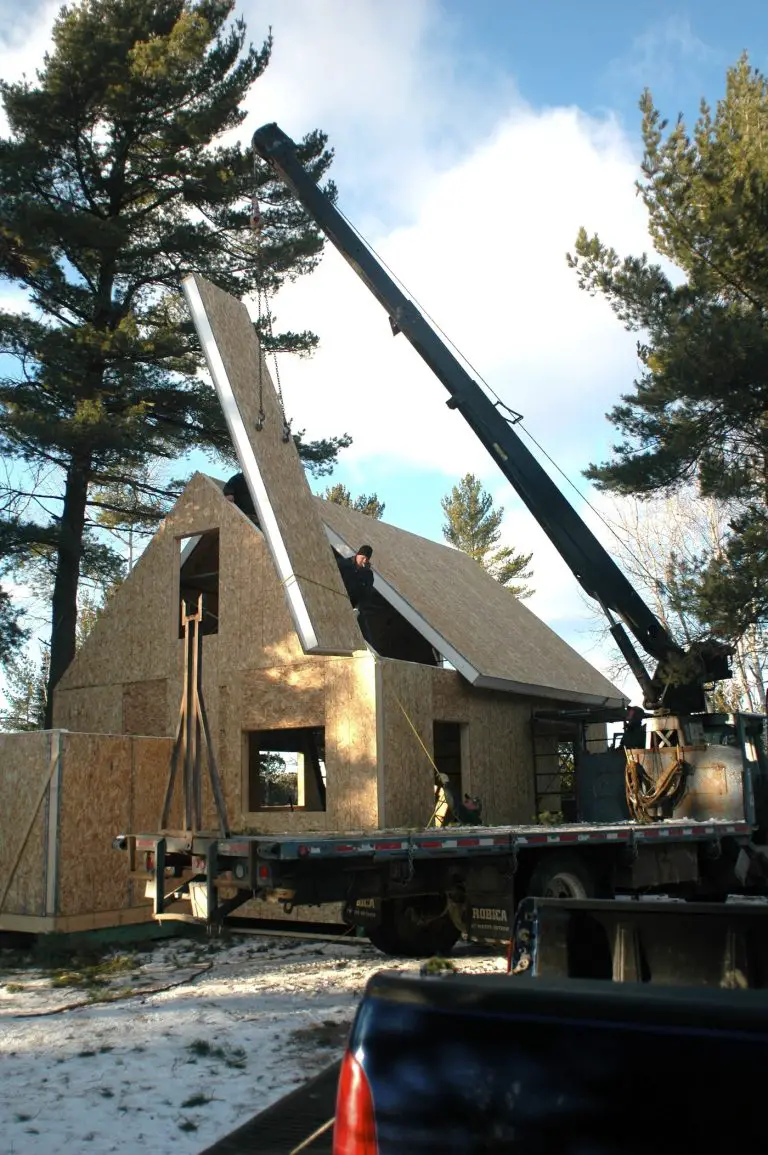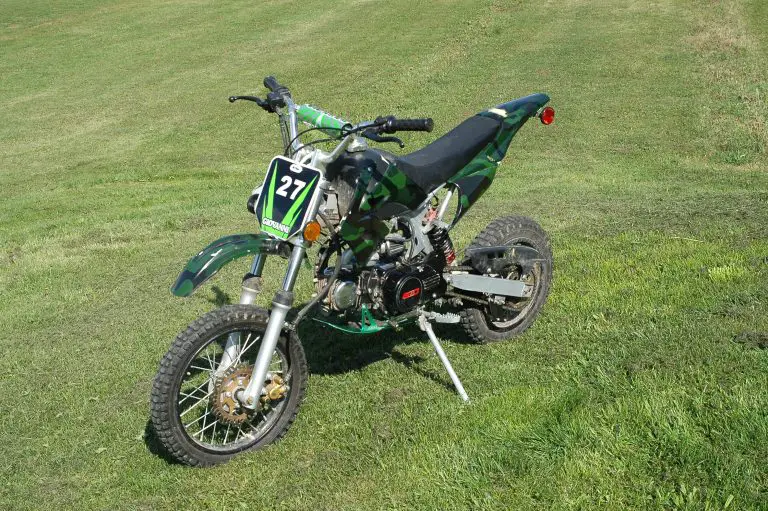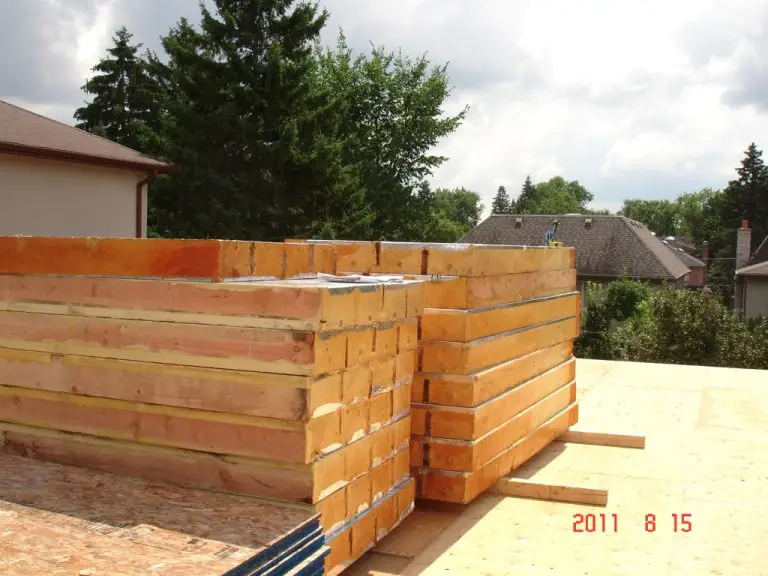Want the most economical kind of backup generator to provide power for your home, cottage or off-grid building project? Large portable models provide the most power for a given purchase price. But how do you connect a generator to your house? There are safe legal ways and dangerous illegal ways. The video here shows you exactly how to complete and use three legal methods for connecting a generator to your home safely. Be sure to click the full screen icon when the video is running for a larger screen.
- Video Watch Time = 12 1/2 minutes
Choosing a Backup Generator
If you’re looking to buy a generator to boost household energy security, you’ve got three things to consider. Size, type of generator, and the quality level that makes sense for you. Large portable models putting out 7000 watts and up are a popular choice because they offer the most power output for a given price. They’re also versatile and you can use them for off grid building projects. Large portables put out enough power to supply all the electricity a small home needs, or enough to power the essentials in larger homes.
I’ve used many generators over the last 30 years, and Champion currently offers the best combination I’ve seen of economical price, reliable performance and responsive technical support. I own several Hondas and I’ve used a Yamaha and no-name off-brands over the years, but Champion offers the best combination of price, performance and reliability that I’ve seen. The 7200 watt model in the video above provides backup power for an entire small rural home. As you shop for a generator, look for features like electric start, a long runtime and rolling chassis with a handle. Large portables are heavy enough that wheels make a big difference, too. The model in the video delivers power that’s safe for all items and includes something called “volt guard” to protect against power surges.
Backup Generators: Making a Legal Connection to Your Home
If you’ve got a portable generator and you want to use it to power things in your home during an outage, you’re going to have to make some kind of connection between the generator and your house. And the first of the three legal methods I explain in the video is really pretty simple – extension cords. These do have some drawbacks, though. Imagine for a moment that a power failure sets in. You can simply grab some ordinary extension cords, plug them into the regular outlets on the generator and fish those extension cords into your home and plug things in that you can plug into cords. Not everything can be plugged in of course, because many items are hardwired into your house and that’s one of the drawbacks of this method.
Another drawback is limited output. Most generators only have two outlets for two extension cords. One way around this problem is to get a dedicated generator extension cord that plugs into one of the larger outlets. The one I show in the video has multiple female outlets. Four is pretty typical. So you get essentially four connection from one outlet on the generator. It’s a reasonable option, but far from ideal.
Backup Generators: The Problem with Extension Cords
So why do I say extension cords are a problem? Well, even with the best extension cords you can get plugged into a generator, how many items is that? Not many. That’s really the limiting factor. And even when they’re all connected, you’re still going to fail to make use of all the wattage output that your generator can produce. Big portable generators can put out 9000, 10000 and even 12000 watts, and there’s no way you can use all of that with extension cords. It’s kind of like trying to pour a lot of water from a big bucket into a funnel with a small opening. It’s just not all going to go through. So to sum up, extension cords offer an easy method of connection. This approach doesn’t require very much preparation ahead of time, but there are some serious drawbacks. If you’ve got a big portable generator, there are better ways to connect that unit to your home than extension cords. Transfer switches are one of them. That’s what’s coming up.
Backup Generator: The Transfer Switch Option
The second method of legally connecting a generator to your home is something called a transfer switch and panel. And it’s a lot better than extension cords because it lets you power things that are hardwired in your home and it lets you make full use of your generator’s capacity. So, to make the transfer switch method work, you’re going to need to have some hardware professionally installed. And that’s what’s shown in the video previously. It’s a kind of simple, outdoor connection port. This is something that will allow you to plug in a cable that connects the port and your electrical system to your generator.
The second thing that needs to be installed is the actual transfer panel, and that’s what you see in the video, too. So part of the installation process involves identifying essential circuits that you want powered during an outage. A portable generator probably can’t power all the circuits in your home, but it doesn’t really need to. You’ll want to power things like a water pump, some outlets, some lights, maybe a furnace circuit – things like that. So all of the circuits for these essentials would be relocated during installation from the main panel to this transfer panel.
With all this in place, you’re all set and ready to go in the event of an outage. When things go black, you’re all set to do two things to get your generator powering your home with this transfer switch arrangement. The first thing you need to do is to connect the generator and the outdoor port with a special cable that’s meant for the job. It can handle all the power the generator puts out and it has the appropriate ends, first on the generator side and then the port side so that it can all connect together. After that you can start up the generator.
Now, at this stage, you still won’t have any power in your house and that’s because of the actual transfer switch. That switch connects either the grid to your home circuits or the generator to your home circuits, but never both at the same time. That’s why legalities matter so much in this regard. If your generator were able to connect to the grid, it could feed power back into the power lines and that would endanger line workers who aren’t expecting power to come from people’s home generators when they’re working to restore power on supposedly “dead” lines.
So at this stage your generator’s running, it’s plugged in, but you still don’t have any power to your home. For that, you need to actually manually flip the switch over, like you see in the video animation. When the switch is in generator mode, which means that none of the power can back feed through into the main panel and subsequently through your meter base into the lines. The only power involved is coming from the generator cable through the conductors in the conduit and then into the panel here where it is distributed to circuits that have been identified ahead of time. So that’s the way this works. And when the power is restored, you start by flipping the switch back off again to the grid position, shut off the generator and remove the cable, then leave everything safely stored, waiting for the next outage.
Backup Generator: The Generlink Connection
The third legal method for connecting your generator to your house uses a piece of hardware called a Generlink. As far as I know, it’s the only thing of its kind out there and it actually requires the least modification to your home electrical system. It’s not a perfect system, though. There are some drawbacks as I’ll explain, but essentially the Generlink unit is a cylinder that fits between your meter and your meter base. Click here for a more detailed video on the Generlink how it works.
Now, the cost of the Generlink is going to be more than the cost of a transfer switch and panel that I discussed previously, but the installation costs are very low. It doesn’t take an electrician long to install one of these, so on balance, I think the general link is probably going to be about the same amount of money as the transfer switch option. Here’s how it works.
The Generlink does a couple of things. First, the video shows there’s a port that accepts a cable that connects the generator to the Generlink. Also, inside the unit, there are some pretty sophisticated things going on. The first of which is that the system can recognize whether the grid power is on or off. When the grid power is ON, you’re free to hook up the generator with the cable and start up the engine, but if the grid power’s ON, the Generlink’s not going to let power get past the meter base. Power’s not going to go into your house and it’s definitely not going to back feed through the electrical grid, which is the main concern. That’s the main idea behind all of these safe legal connection methods – no generator power feeding into the grid.
So when the power goes out, you’ve got to do two things if you have a Generlink system. The first thing is to connect to the generator to the Generlink with a cable. Now, this cable is quite a bit like the one used with the transfer switch system except in this case the end of the cable is proprietary. It’s specially made to connect with a Generlink. The company provides these cables. They’re available for connecting to all different kinds of generators and they come in different lengths, too.
Now, when that cable connection is made and the grid power is off and you fire up the engine of your generator, you’re going to get full generator power delivered to your home. The problem is that the generator is going to be trying to feed power to all the circuits in your house at once. And as I mentioned previously, even a large portable generator probably can’t power everything you’ve got going, unless your house is small.
So the second thing that you need to do is to go to your electrical panel and switch some of the breakers off for circuits that you can do without. So an electric water heater, for instance. It uses a lot of power and you can probably live for some time without hot water or without generating new hot water because you still will have hot water stored in your hot water tank. Other things like electric clothes dryer are big energy consumers. Sure, it’s not operating all the time, but you might as well switch it OFF at the breaker so nobody in the house turns it on by mistake and overloads the system.
Now, if your home tries to draw too much power from the generator, it’s not that big of a deal because every generator has a built-in breaker that’s going to protect the generator from trying to produce more power than it safely can. So if you overload the system, all that’s going to happen is that you have to go out and reset the breaker on the generator. This system can continue to power your home indefinitely and when the power comes back on again, you just simply disconnect everything. You shut the generator off first, remove the cable and return the breakers in the panel to their former position. It’s business as usual after that until you get another power failure.
Now, there’s one other thing I need to mention about this option. Not all jurisdictions in the world have approved the Generlink to be installed. They haven’t all got around to studying it and accepting the existing approvals. So before you go out and buy anything, you should contact your local electrical authority just to see if they permit this kind of hardware. And if they do, then you’re good to go. If they don’t, then really your best option is some sort of transfer switch and panel arrangement.












